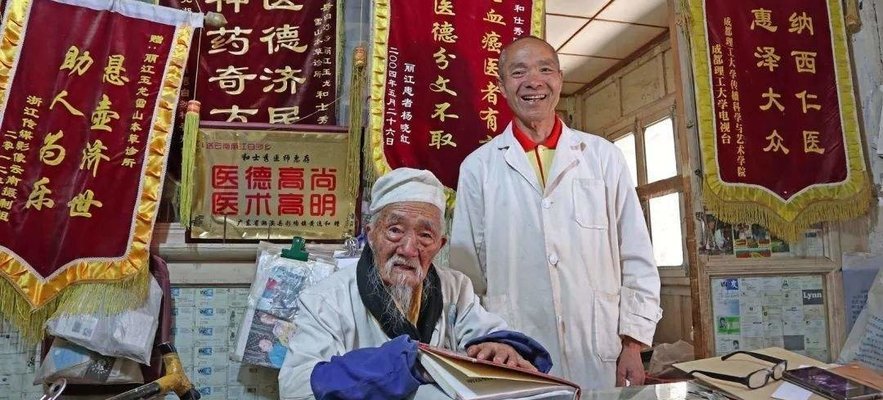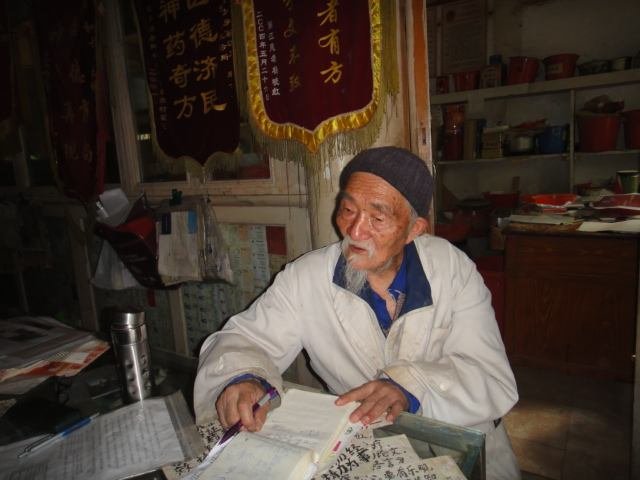
LIJIANG, 19 September 2018: An ethnic herbalist in a small mountain village in southwest China who became one of the best known Chinese medicine doctors around the world, has died aged 97.
He Shixiu, better known as ‘Dr Ho’, was a self-taught herbalist and Taoist medicine practitioner who became a tourist attraction in his own right in the ancient town of Baisha, near Lijiang in Yunnan province.
Featuring in articles and guidebooks since the mid-1980s, and later in popular TV documentaries, his rise to fame was aided by his cures, the attention received at his humble clinic, and his gregarious personality.
He first gained international attention following the 1985 visit of English writer Bruce Chatwin, who attended a christening banquet for Dr Ho’s grandson.
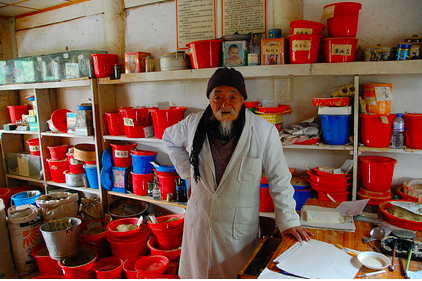
Brought to Lijiang by photographer and publisher, Magnus Bartlett, Chatwin spent two weeks in the area. Among the first foreigners to explore the newly opened northwest Yunnan, Chatwin’s subsequent article in the New York Times led to Dr Ho’s inclusion in the first travel guidebooks for China.
Before long, the ‘Jade Dragon Snow Mountain Herbal Clinic’ attracted backpackers, journalists, dignitaries, celebrities, and even royalty. Having learnt English from National Geographic explorer Joseph Rock, who lived in nearby Yuhu village in the 1920s up until 1949, and from US Flying Tiger airmen based in his village during the Second World War maintaining a signalling station and airfield, Dr Ho’s career took off during his 60’s when most would consider retiring.
He had been barred from practicing medicine during the Cultural Revolution, hiding his textbooks under his floorboards to avoid being burnt by the Red Guards. But in 1985, as China opened up, the ‘rehabilitated’ doctor was granted a license to practice from his house at 2,500m above sea level in the foothills of the Himalayas. The successful treatment of a leukaemia patient of Mayo Clinic leading to remission was one of the doctor’s noted cases, and he collected and documented the plants and herbs, some found only locally, on the Jade Dragon Snow Mountain behind his house.
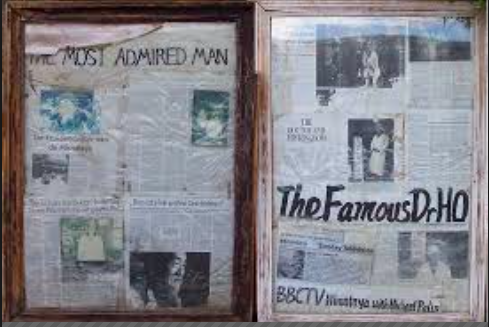
As tourist numbers increased in China, more visitors made their way to his small clinic near the main square of the former capital of the Naxi kingdom, where his wife Min Chaoxin served guests snacks and the doctor’s secret ‘Happy Tea’, and his son He Shulong, also a doctor, explained about the unique healing plants found in the region and how his father became the ‘Most Admired Man’ (the title for a documentary about the doctor).
Situated on the ‘Tea Horse Road’, also known as the southern Silk route, the fertile Lijiang valley between the tea growing areas further south and the Himalaya-constrained Tibet plateau was settled more than a thousand years ago by the Tibetan-related Naxi, who number 250,000, and have their own language and a pictograph script. Most Naxi, like He Shixiu, have the surname He (meaning peasant), which dates back from when Kublai Khan’s Mongolians came through on their way to defeat Dali’s kingdom and conquer Assam, and much of Myanmar, Thailand, and Laos.
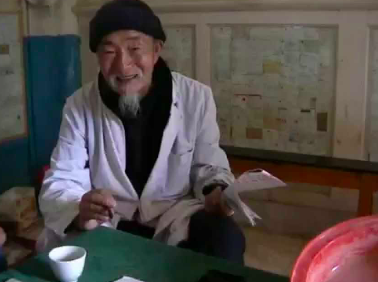
British actor and adventurer Michael Palin called in on the doctor for his 2004 BBC ‘Himalaya’ series, though an earlier entry in the clinic guestbook ‘Interesting bloke; crap tea’ attributed to fellow Monty Python colleague John Cleese has been debunked as the mischievous work of an unknown visitor from the UK. Cleese has never been to Lijiang.“He was a charming man to spend time with,” Palin emailed me from the UK after hearing news of the doctor’s death.
While over the last three decades many have been stopped in the main street of Baisha by the diminutive man saying ‘Hello, I’m the famous doctor’, he treated all-comers, without the need for appointments, and donations were only sought to cover the costs of the herbal formulas and to enable him to treat others who couldn’t afford it.
In a somewhat bizarre twist, Bruce Chatwin blamed his ill-health on a rare fungus from eating a preserved egg at Dr Ho’s banquet meal. He actually contracted HIV-AIDs, but used this excuse to hide his sexual promiscuity, and the rare disease was even noted in some obituaries when he died in 1989, three years after visiting Dr Ho.As well as extolling the benefits of using herbs to treat long-term conditions, Dr Ho advocated living simply, avoiding alcohol, smoking, and too much meat, particularly pork.
“Optimism is the best medicine,” he told those who crowded into his dark clinic lined with newspaper clipping, awards and the business cards of esteemed visitors. “No stress. No worry. Be happy.”
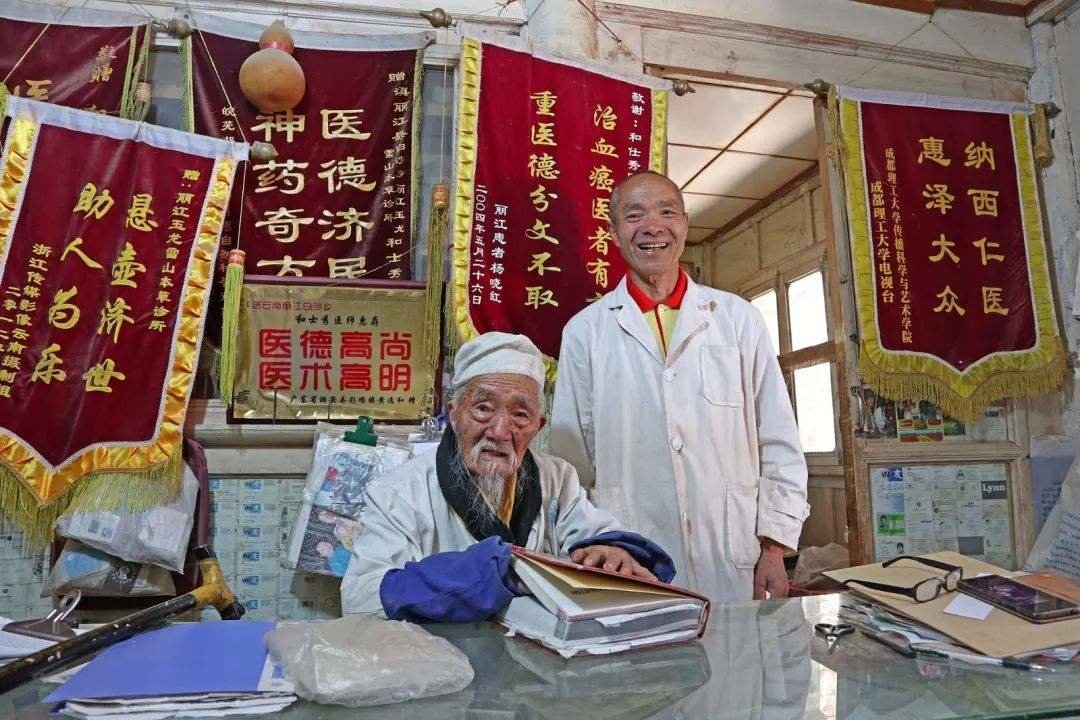
The legacy of the doctor will be remembered fondly around the world by his tens of thousands of visitors and friends, and his clinic, along with a herbarium and tribute to the Flying Tigers, will be maintained by his son.Lijiang is one of the top destinations in China, popular with both domestic and international tourists, and last year attracted over 1 million overseas tourists. Even though the province shares land borders with Vietnam, Laos and Myanmar, the largest number of overseas visitors are from Thailand, and now there are flights to Lijiang from Bangkok, Hong Kong, Kuala Lumpur and Singapore.
*Keith Lyons lived and worked in Lijiang, China for a dozen years, and was a friend of Dr Ho.

About the Author:
Keith Lyons (keithlyons.net) is an award-winning writer from New Zealand, based in Asia. ‘Opening Up Hidden Myanmar’ (Duwon Books) along with his writing and photographic contribution to ‘The Best of Myanmar: The Golden Land of Hidden Gems’ (KMG) published in 2017.
- 505 reads
- Like this






